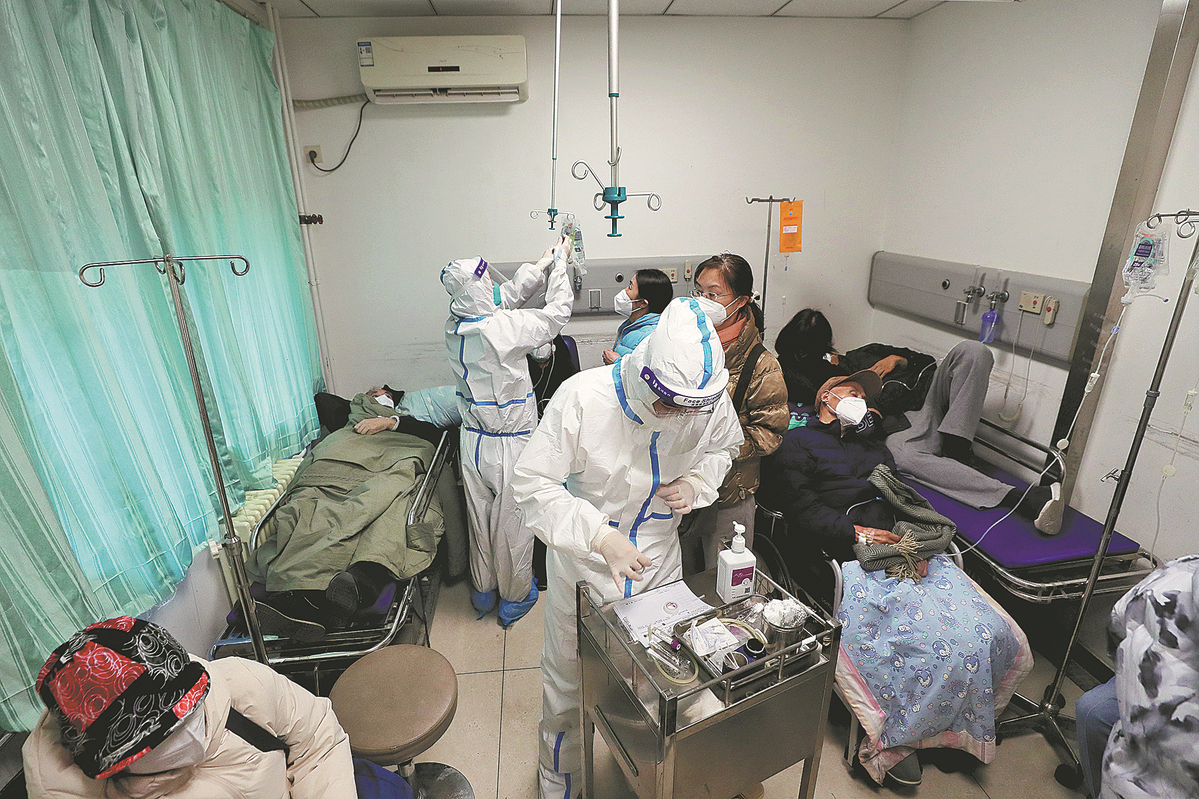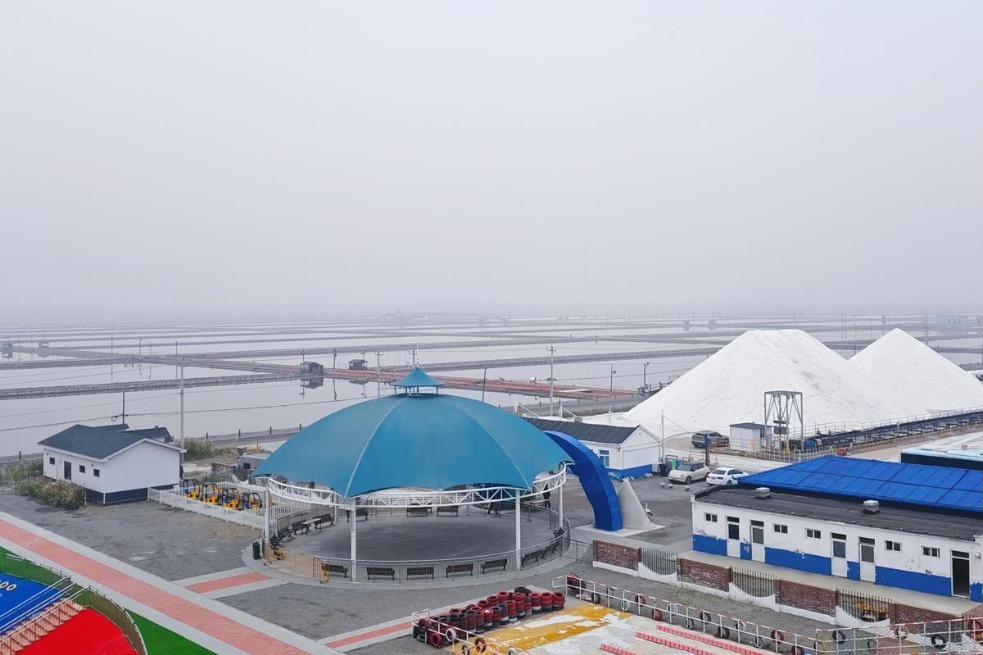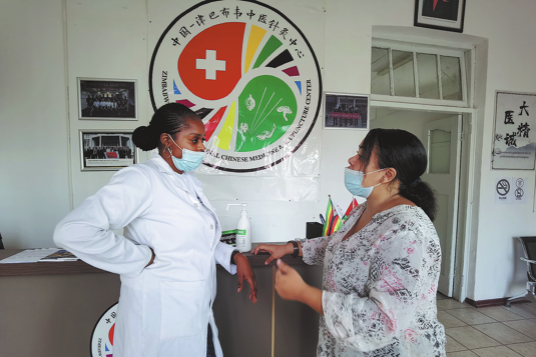Medical networks help Beijing overcome COVID-19 outbreak peak


Maximize services
On Dec 12, a few days after the city lifted the strictest control measures, Li told a news conference that authorities were working to improve the grade-based diagnosis and medical services network.
To help a greater number of people, Beijing promoted such services by establishing 56 treatment networks, with three levels of facilities.
In each network, a top-level hospital acts as a lead, followed by several second-level hospitals and grassroots health centers or hospitals, according to the health commission.
A complete diagnosis and transfer mechanism has been built in each network to treat different types of patients. If grassroots hospitals receive critically ill patients they are unable to treat, the top-level hospital in the same network will provide a green channel to accept them.
When the patient's condition stabilizes after treatment at the top-level hospital, they will be transferred back to grassroots facilities for further rehabilitative treatment, including transfusion and oxygen therapy.
The measures significantly eased staff member shortages and the pressures resulting from soaring patient numbers at the top-level hospitals during the infection peak.
In addition to the grade-based diagnosis and medical service network, Beijing introduced other measures, including health monitoring for key groups, classified management (of patients) and online medical services, according to Li.
The city government ordered hospitals to stockpile medicines and medical equipment, increased the capacity of intensive care units and expanded the number of intensive care specialists through training. It also offered help to facilities that required assistance.
Health commissions in all districts conducted surveys of seniors with existing illnesses and introduced grade-based health management to prevent any treatment delays.
Community health centers distributed pulse oximeters to seniors and other high-risk groups so they could measure their own oxygen levels.
- Senior Xi'an official facing probe by China's anti-corruption watchdogs
- Philippines risks creating trouble for itself: China's defense ministry
- Newborn with congenital heart disease receives life-saving surgery in Yunnan
- Hong Kong charity signs diplomatic talent deal with Beijing university
- Aircraft carrier Fujian, commissioned
- Erdos offers 10,000 yuan subsidy for families having third child



































